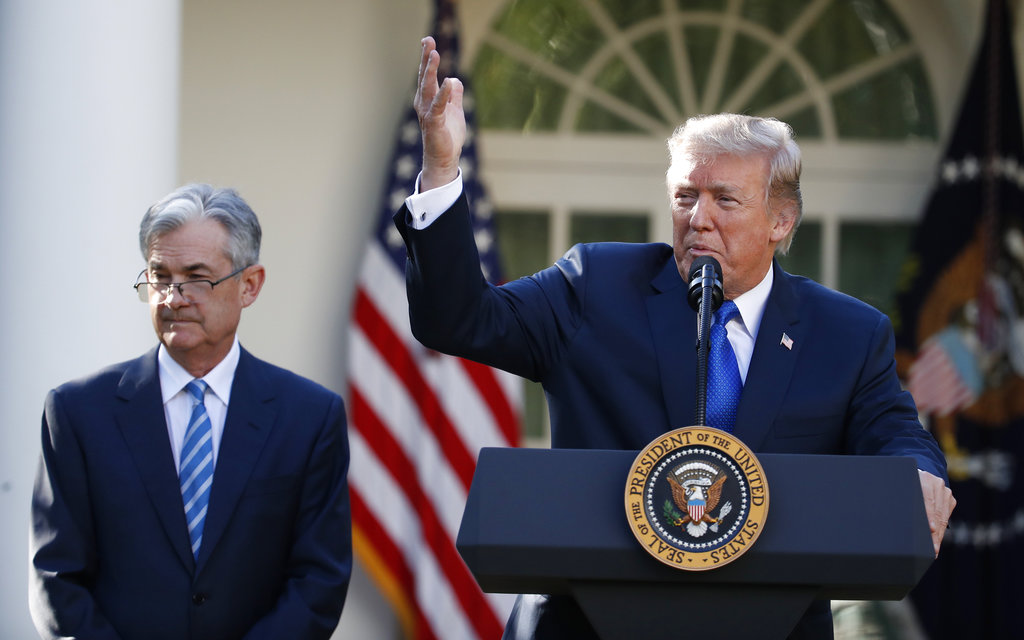
Stronger-than-expected job numbers in June put the Federal Reserve chairman in a bind as President Donald Trump escalates pressure on the central bank to slash interest rates.
The Federal Reserve, governed by its mandate to keep price levels stable and facilitate full employment, will find it hard to cut interest rates. The Fed normally lowers rates when unemployment is rising or inflation has consistently met its 2% target. Despite a decline in the inflation rate from its recent highs, the measure still remains above the Fed’s target.
Yet, President Trump has slammed Chairman Jerome Powell for failing to cut interest rates, claiming that it is holding the economy back from even more gains after years of sluggish growth during the COVID-19 downturn and government stimulus efforts under President Joe Biden.
This puts Powell in a bind—facing a choice between pleasing the president or following historical precedent, and prolonging the rhetorical onslaught from the White House, which is entertaining plans to replace him.
The Fed’s role in U.S. economic structure
The Federal Reserve was formed in 1913 to function as the central bank of the United States following a string of financial crises that lawmakers believed exposed weakness in the American financial system. The bank was given a triple mandate from Congress: maximize employment, stabilize prices, and set interest rates.
Click this link for the original source of this article.
Author: Ray Hilbrich
This content is courtesy of, and owned and copyrighted by, https://www.offthepress.com and its author. This content is made available by use of the public RSS feed offered by the host site and is used for educational purposes only. If you are the author or represent the host site and would like this content removed now and in the future, please contact USSANews.com using the email address in the Contact page found in the website menu.







